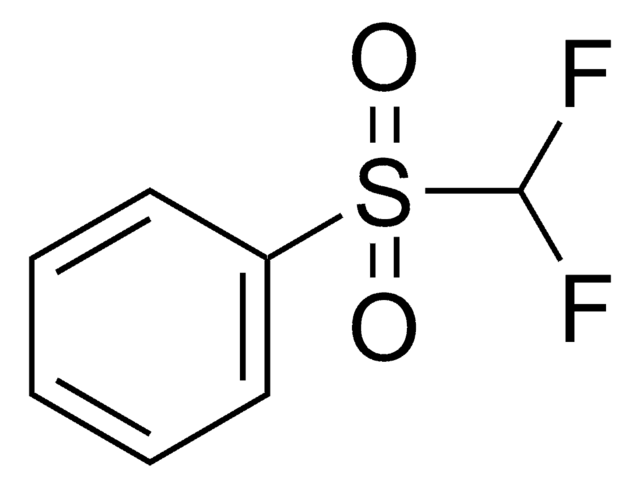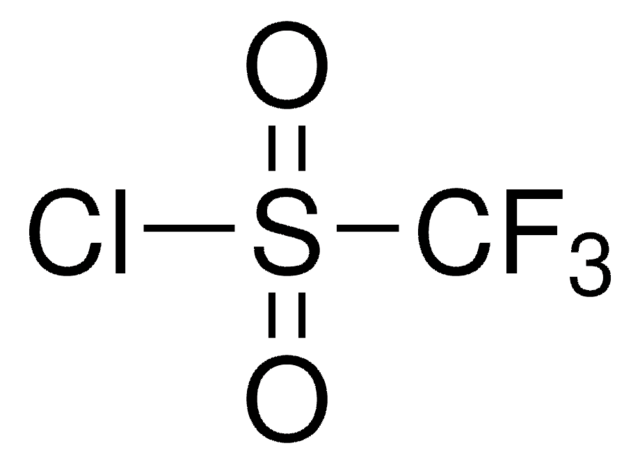756385
Zirconium
powder, in water, -325 mesh, 99.5% trace metals basis (excluding Hf)
Synonym(s):
Zirconium element
About This Item
Recommended Products
Assay
99.5% trace metals basis (excluding Hf)
form
powder
resistivity
40 μΩ-cm, 20°C
particle size
-325 mesh
bp
4377 °C (lit.)
mp
1852 °C (lit.)
density
6.5 g/mL at 25 °C (lit.)
SMILES string
[Zr]
InChI
1S/Zr
InChI key
QCWXUUIWCKQGHC-UHFFFAOYSA-N
Looking for similar products? Visit Product Comparison Guide
Signal Word
Danger
Hazard Statements
Precautionary Statements
Hazard Classifications
Pyr. Sol. 1 - Water-react 1
Supplementary Hazards
Storage Class Code
4.2 - Pyrophoric and self-heating hazardous materials
WGK
WGK 2
Flash Point(F)
Not applicable
Flash Point(C)
Not applicable
Choose from one of the most recent versions:
Certificates of Analysis (COA)
Don't see the Right Version?
If you require a particular version, you can look up a specific certificate by the Lot or Batch number.
Already Own This Product?
Find documentation for the products that you have recently purchased in the Document Library.
Articles
Biomedical implants are essentially foreign substances within the human body that must survive many years’ exposure to demanding mechanical and physiological conditions. Despite these challenges, metal implants have been widely used to substitute for or rebuild hard tissues such as bones and teeth.
Our team of scientists has experience in all areas of research including Life Science, Material Science, Chemical Synthesis, Chromatography, Analytical and many others.
Contact Technical Service








